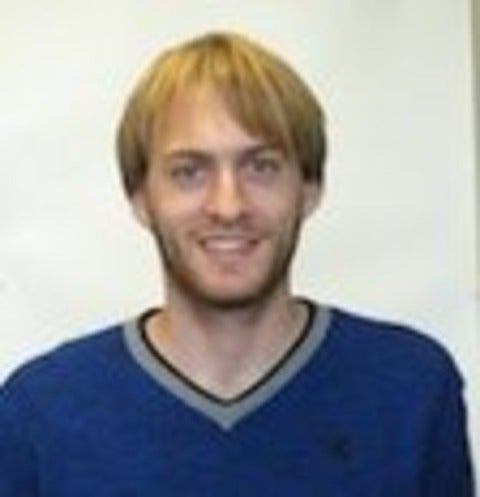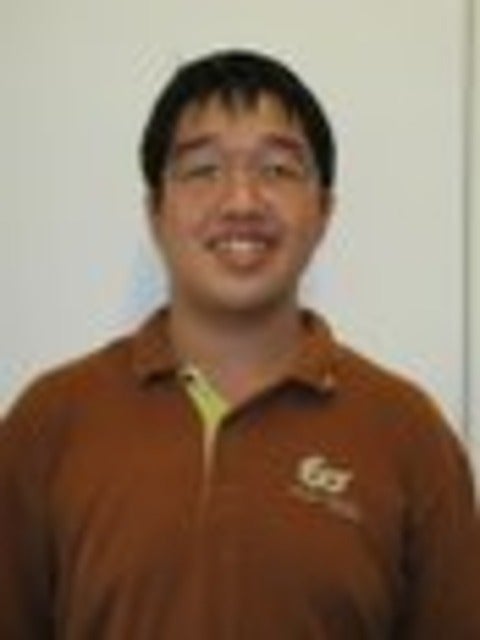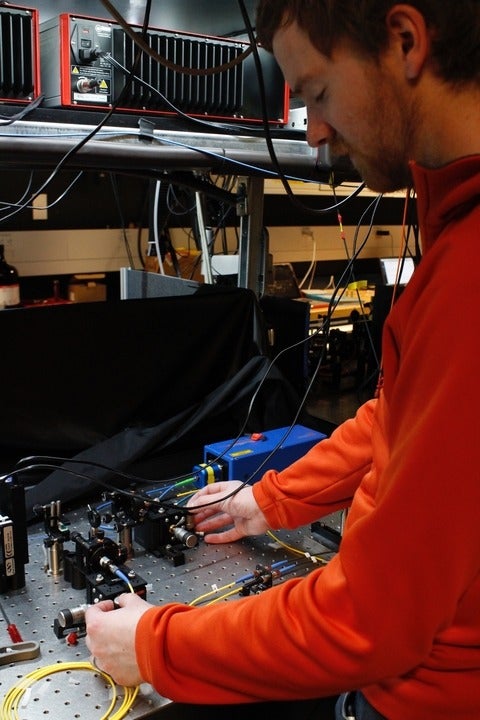Colloquium: Nengkun Yu
Sample-optimal tomography of quantum states
Nengkun Yu, IQC
It is a fundamental problem to decide how many copies of an unknown mixed quantum state are necessary and sufficient to determine the state. Previously, it was known only that estimating states to error ϵ in trace distance required O(dr2/ϵ2) copies for a d-dimensional density matrix of rank r. Here, we give a theoretical measurement scheme (POVM) that requires O((dr/δ)ln(d/δ)) copies of ρ to error δ in infidelity, and a matching lower bound up to logarithmic factors.

 Sean Walker of the Department of Chemistry will be defending his thesis:
Sean Walker of the Department of Chemistry will be defending his thesis:
 Poompong Chaiwongkhot of the Department of Physics and Astronomy will be defending his thesis:
Poompong Chaiwongkhot of the Department of Physics and Astronomy will be defending his thesis:
 Evan Meyer-Scott of the Department of Physics and Astronomy will be defending his thesis:
Evan Meyer-Scott of the Department of Physics and Astronomy will be defending his thesis: